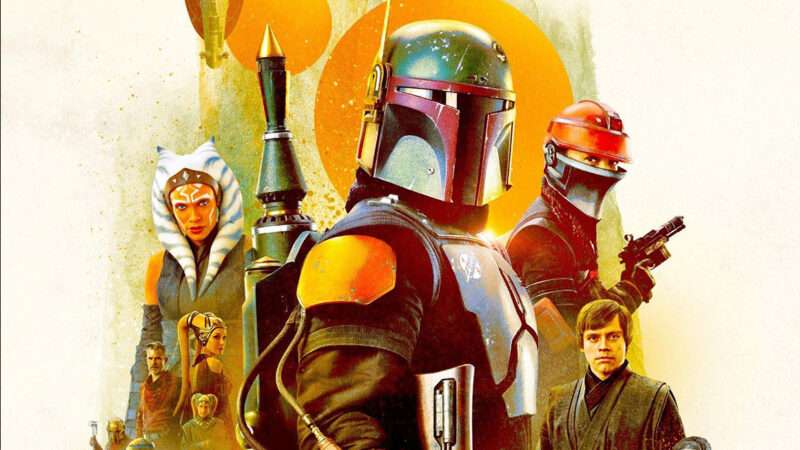
After The Mandalorian proved a smash hit for the nascent stable of Star Wars properties on the Disney+ streaming service, it was an obvious move for a new series to incorporate a longtime fan-favorite Mandalorian character, the bounty hunter Boba Fett.
The Book of Boba Fett follows the title character after he seizes power as the crime lord of Mos Espa, a backwater burg on the desert planet Tatooine. In his new role, he presides as a sort of unelected peacekeeper. This show and The Mandalorian take place in the years directly following the demise of the tyrannical Galactic Empire that bedeviled the heroes of the original Star Wars trilogy. Book depicts in granular detail how towns like Mos Espa survive and thrive in the face of a sudden power vacuum.
A passing comment in a later episode subtly recontextualizes the audience's perspective on the entire Star Wars universe: "All this talk of the Empire, and they lasted less than 30 years. Mandalorians have existed 10,000." The Empire has dominated the franchise's narrative, but the characters who inhabit that universe simply live their lives, Empire or no. In art, as in life, communities exist and flourish apart from centralized governments, even tyrannical ones.
The post The Book of Boba Fett appeared first on Reason.com.







